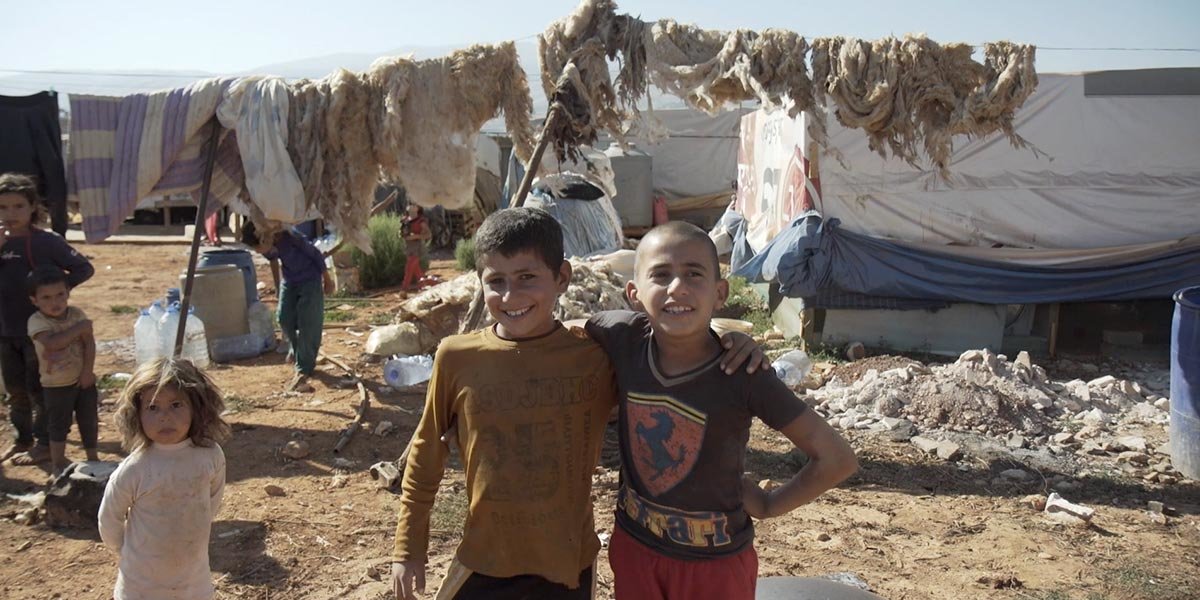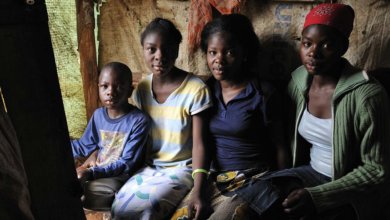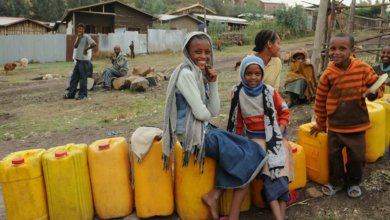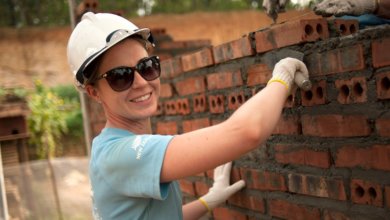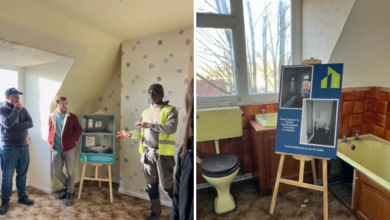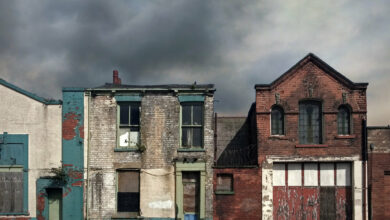The civil war in Syria has caused 1.5 million people to seek refuge in Lebanon. Many Syrians in refugee camps live in shelters that are in urgent need of repairs because they cannot afford to make them themselves. Our team is hard at work to improve the living conditions for refugees in Lebanon and alleviate the impact of the Syrian refugee crisis because everyone deserves a safe place to call home.
In this article, we will talk about three different families:
- Amal, in the Wavel refugee camp (Bekaa Valley), talking about her struggle to find a decent shelter and about the repairs she’s been able to make recently
- Nawar (Shatila refugee camp), an older woman whose house was repaired by Habitat for Humanity, talks about losing her daughter and building a decent home for her grandchildren (her house had no toilet, doors or windows)
- Amina & Issa (a family in Shatila) are looking for a new home. They’ve been living for the past 7 months in a house which floods several times a year, which has proved very hard on the health of their children, one of whom suffers from disabilities
The following is the transcription of the featured video in this article
In the Wavel refugee camp, Bekaa Valley, Lebanon
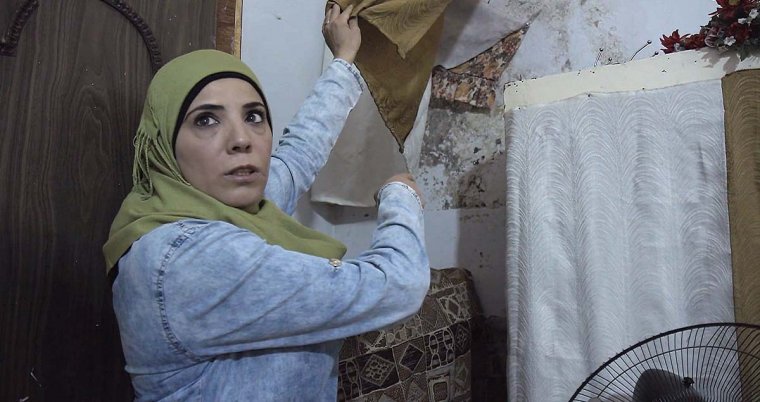
Amal, a Palestinian-Syrian, fled Damascus with her four children in 2013. She explains, “I can’t make repairs in the house because my husband is trapped [in Syria]. And the money I have is just barely enough for me and the kids to survive.”
“When we rented the house, the owner told us it’s not liveable, but I couldn’t find anything else for us.”
Habitat for Humanity made improvements to Amal’s bathroom and kitchen so that her living conditions were improved.
She adds that they “didn’t have any hot water, just cold. We would heat it on the stove. We lived that way for four years and spent a lot on heating the water. Thank God, it’s much better now.”
Richard Cook, Head of our Middle East programme, explains that “what happened initially was that the refugees moved into the Bekaa Valley just across the border. But, of course, after several months, after one year or two years, they realised that the situation in Syria was not going to resolve itself.”
“So they moved to where the jobs are. And that meant that they moved into urban areas seeking work. And those urban areas were already overcrowded, very densely populated.”
In the Shatila refugee camp in Beirut
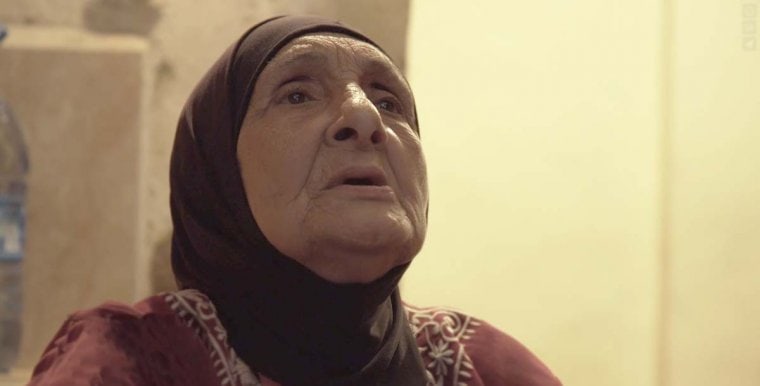
Nawal, a Palestinian refugee in the camp tells us, “I used to live alone, but when my daughter died, my grandchildren moved in with me. The house was destroyed. No doors, water, windows. Habitat for Humanity fixed it for us. Tiles were broken, there was no sink or tap. Habitat fixed it all.”
The Shatila camp was originally set up for Palestinian refugees, but now hosts many refugees from Syria as well. The reason the Syrian refugees come into an area like this is because their coping mechanisms are failing. They’re having to find cheaper and cheaper options to live. And that means that these are the areas that they come to because they offer those cheaper options.
Help for refugees (and the local population)
We are targeting mainly in Lebanon and Jordan the families most affected by the refuge crisis:
- Palestinian refugees from Syria
- Syrian refugees
- Palestinian refugees from Lebanon
- Jordanian and Lebanese communities themselves who were economically affected by this long-term crisis.
- Palestinian refugees in Jordan
In the refugee camp of Shatila, it’s an example for urban setting where you have 60% of the people are Syrians. The community here hosted the Syrians in their areas so that they could help. This affected the whole community here. And actually, Habitat for Humanity International just finished a project responding to 142 households in this area.
But with the ongoing crisis and no signs of respite in the near future, there are still many people who need improved living conditions.
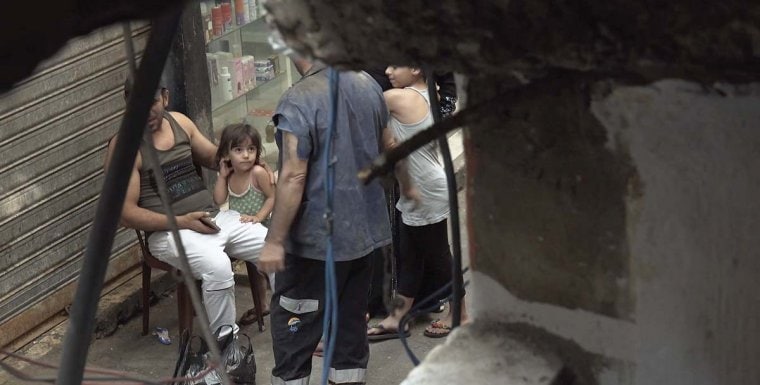
Amina & Issa (Syrian refugees): “We’ve been here for about six years. In winter, the rain floods the house. Because we’re on the ground level, we can’t escape it.”
“My son has asthma and needs medicine. He already has disabilities, now he has asthma. What can we do? We can’t stay here. We’re looking for another house, but they’re expensive.”
Syrian children are traumatised by conflict as well as their new living conditions
At Habitat for Humanity, we are planning to work in the different areas regarding to respond to this Syrian crisis now. And it’s including many settlements such as the tented refugees camps or the Palestinian refugee camps which were already established a long time ago or these urban settings.
They are people who have suffered conflict. We’ve got children that are traumatised by conflict. And what traumatises them even more is the poor conditions that they have to live in. So what we’re asking is that the international community look at how they would like to be treated if they were in the same situation and to give to help solve the problem for these people.
An ambitious project
Our team in Lebanon has an ambitious project to raise nearly $7m to help over 75,000 people in the next three years and this will impact the Syrian refugees, Palestinian refugees and the host communities.

